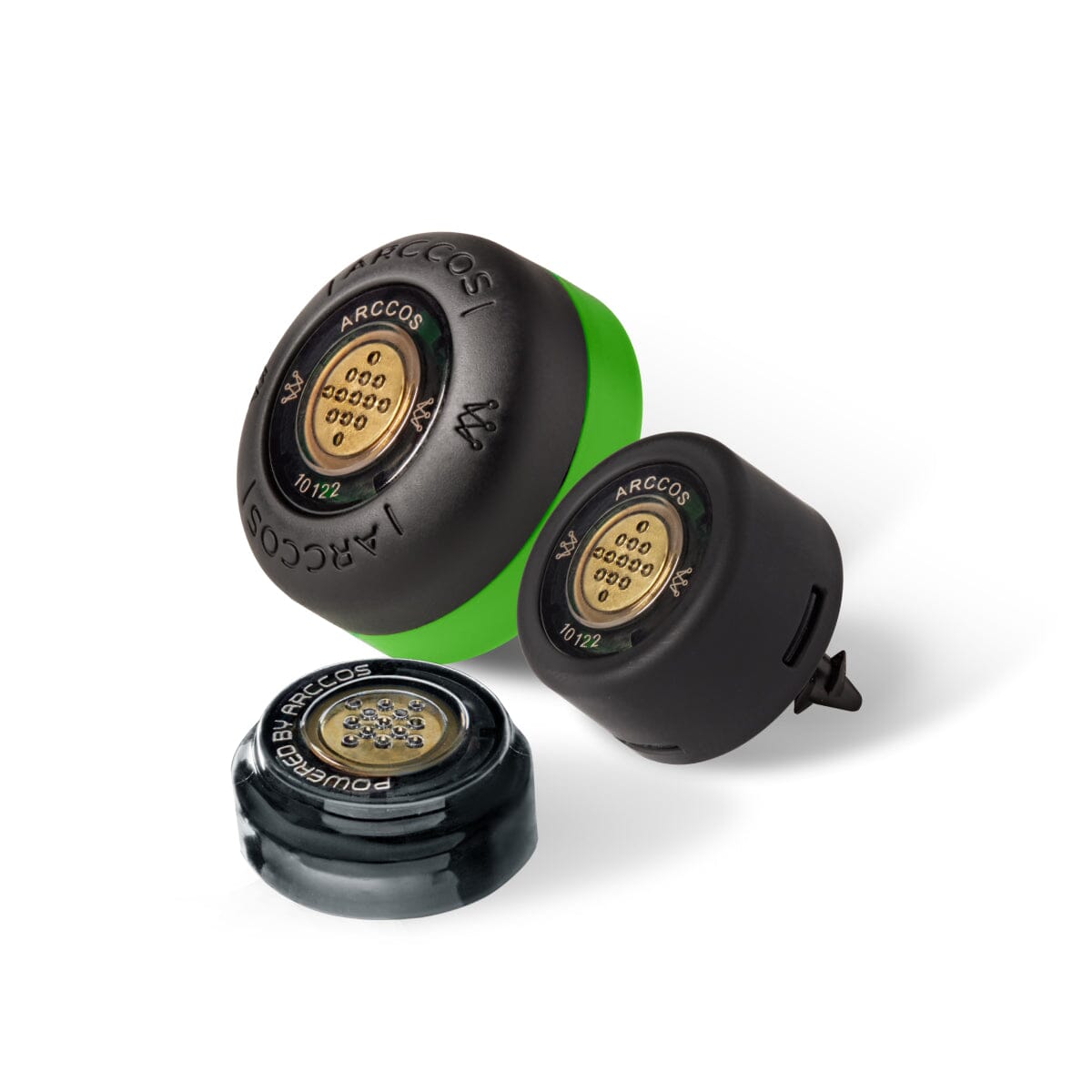
It wasn’t exactly a storybook start.
A few holes in, JJ Spaun’s final round looked like it might belong in the “How Not to Win a Major” section of a golf manual. Bogeys, bad breaks, and enough time spent in the rough to start charging rent. At Oakmont where dreams go to die and even par feels like a party his tournament could’ve slipped away before lunch.
A mid-round weather delay gave him time to regroup, and when play resumed, he looked like a different player. He birdied four of his final nine holes, carding a back-nine 32, and climbed his way to a 1-under finish. It wasn’t just the lowest score of the day, it was the lowest of the week. The only red number in the field.
So, how did he pull it off?
The short answer: he knew his game. The longer answer lives in the data.
Spaun came into the U.S. Open ranked 9th on the PGA TOUR in Strokes Gained: Total, gaining +1.216 strokes per round on the field. That number reflects overall performance but also includes more specific insights across key areas like driving, approach play, short game, and putting.
Strokes Gained is one of the most important tools in modern golf analysis because it doesn’t just track what happened it shows how much better or worse a player performed compared to the rest of the field. Instead of just noting that someone hit a green in regulation, it tells you whether that shot actually gained them ground or cost them compared to what the average pro would do from that same spot.
Spaun’s biggest edge this season? Approach play, where he ranked 7th on Tour (+0.726 strokes gained). Combine that with solid putting (40th overall at +0.254), and you get a player who may not be loud, but is consistently efficient.
At Oakmont, the numbers followed a similar story. His approach game came in at +0.3. And his strongest facet was on the greens, gaining +2.3 strokes with the putter (2nd in the field) and managing tough up-and-downs when he had to (+0.6 in short game).
He didn’t dominate. He just outlasted.
Then came the turning point at 17.
With the tournament hanging in the balance, Spaun hit a 309-yard tee shot on the drivable par-4, just sliding past the flag and leaving himself a 21-foot look at eagle.
Arccos data shows that a scratch golfer (0–4.9 handicap) averages about 250 yards off the tee on that same hole. And with around 50 yards left, they’d still be left with an average proximity of 32.5 feet. Spaun, under pressure, hit it tighter with driver.
That birdie gave him the lead. On 18, he closed it out with a 64-foot bomb across multiple ridges, one of those “this might go in” putts that actually did.
It’s the kind of putt every golfer has pretended to hit. You say it out loud to your buddy on the green “This one’s to win the U.S. Open,” or maybe just, “This is to shoot under par.” The difference? JJ Spaun actually did it. For real. On Sunday. At Oakmont. To win the U.S. Open. And to shoot under par.
Spaun didn’t win by playing perfect golf. He won by knowing what his game could do, and delivering at the right moments. The data backed it. The final nine holes proved it.
And on a course that asked for everything, he gave just enough to stand alone at the top.






Share:
Can Erik Anders Lang Break 90 at Oakmont?
Why Approach Shots Might Be Costing You Shots